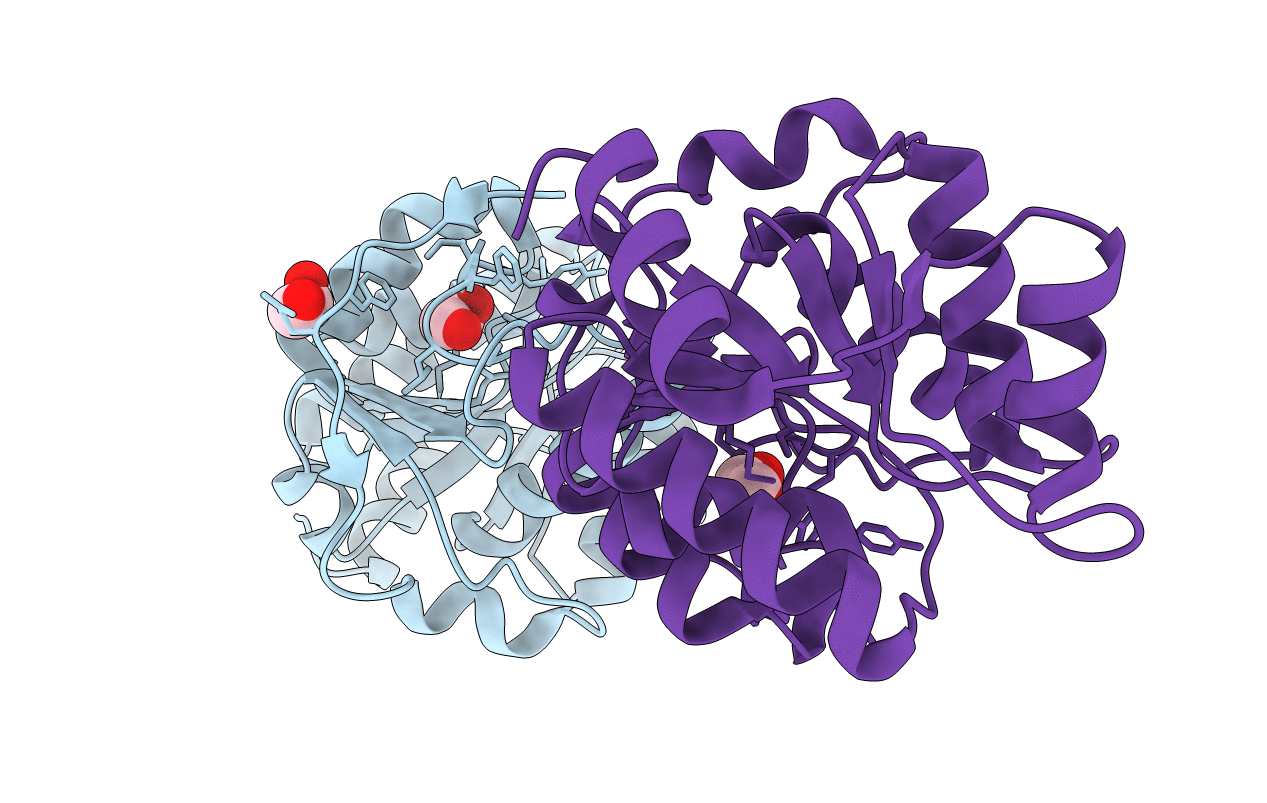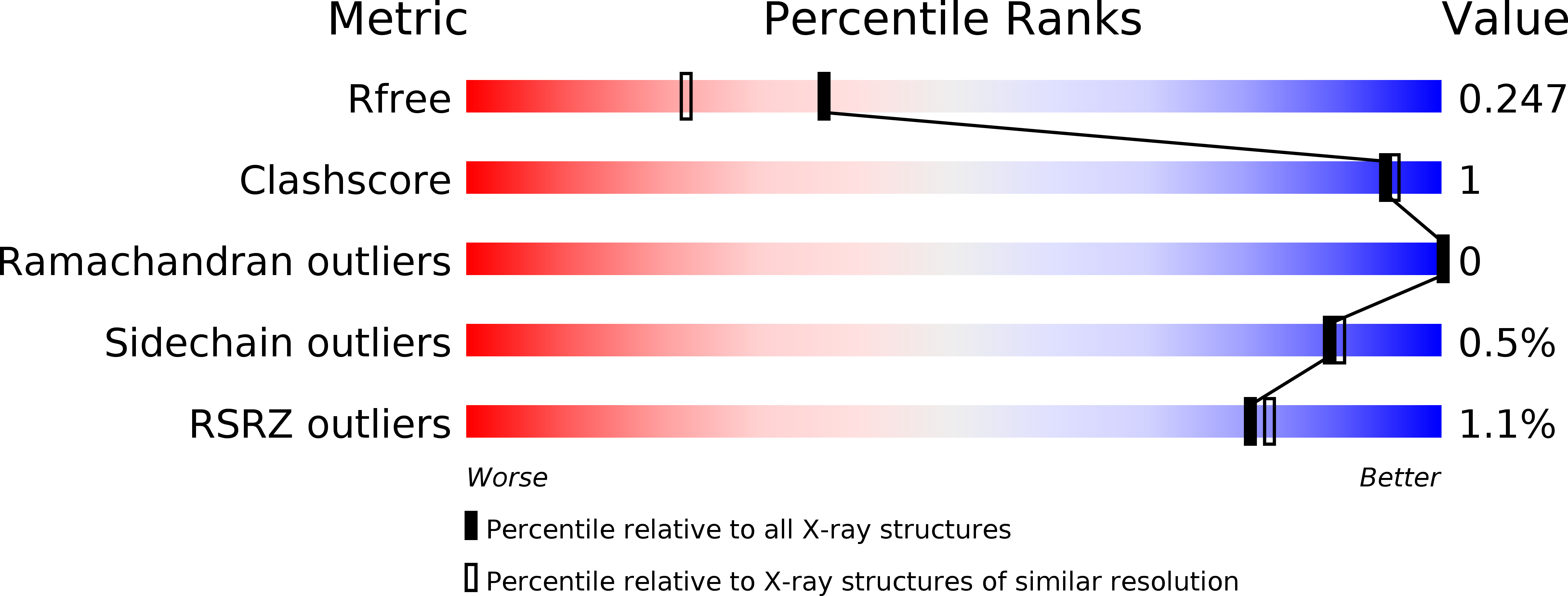
Deposition Date
2016-12-07
Release Date
2017-12-20
Last Version Date
2024-01-17
Entry Detail
Biological Source:
Source Organism:
Helicobacter pylori 26695 (Taxon ID: 85962)
Host Organism:
Method Details:
Experimental Method:
Resolution:
1.90 Å
R-Value Free:
0.24
R-Value Work:
0.19
R-Value Observed:
0.19
Space Group:
P 21 21 21


